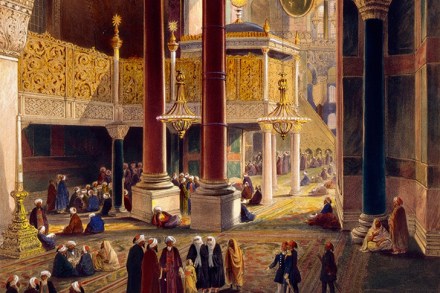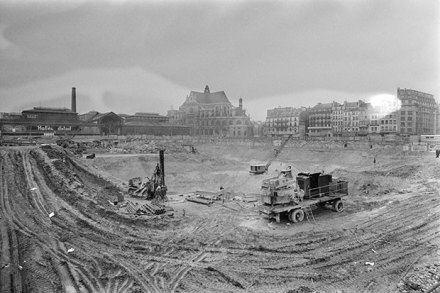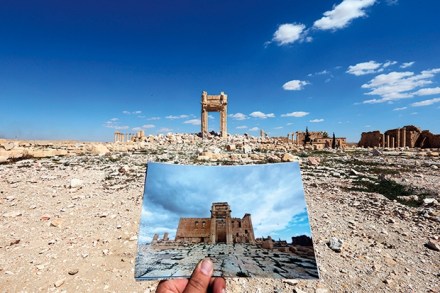Building block | 23 February 2017
What a strange affair it now seems, the Mansion House Square brouhaha. How very revealing of the battle for the soul of architecture that reached maximum ferocity in the late 1980s and which still echoes today. Where developers now jostle to build ever taller, fatter and odder-shaped City skyscrapers, this was a time when it took 34 years to get just one building built. An ambitious bronze tower and plaza by the German-American modernist pioneer Mies van der Rohe was finally rejected in favour of an utterly different post-modern corner block (with no plaza, but a roof garden) by Sir James Stirling. Both were shepherded by a man in search


















